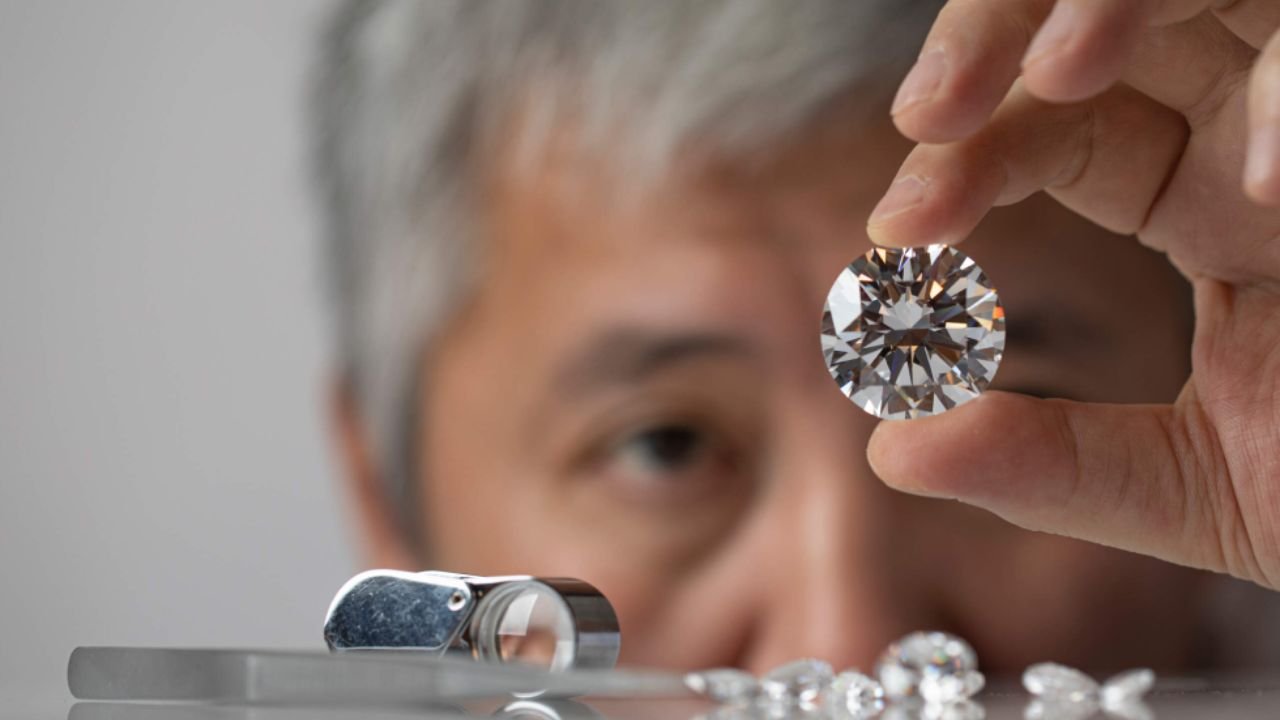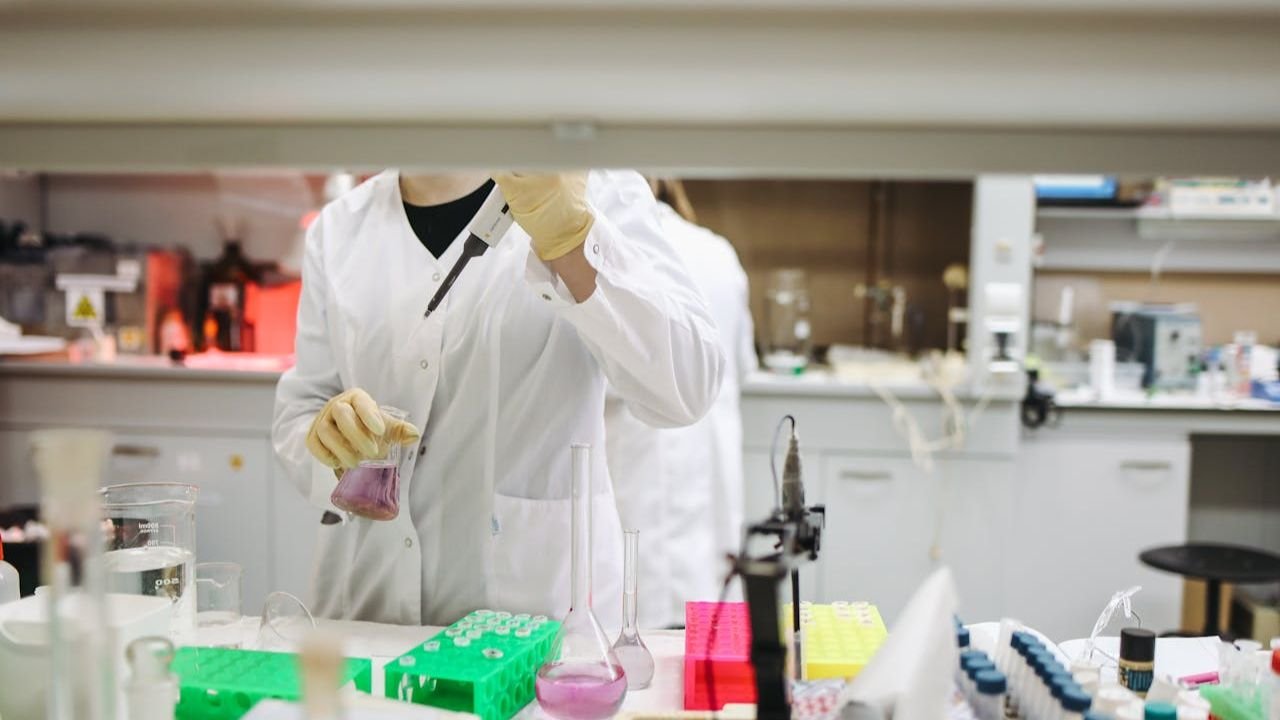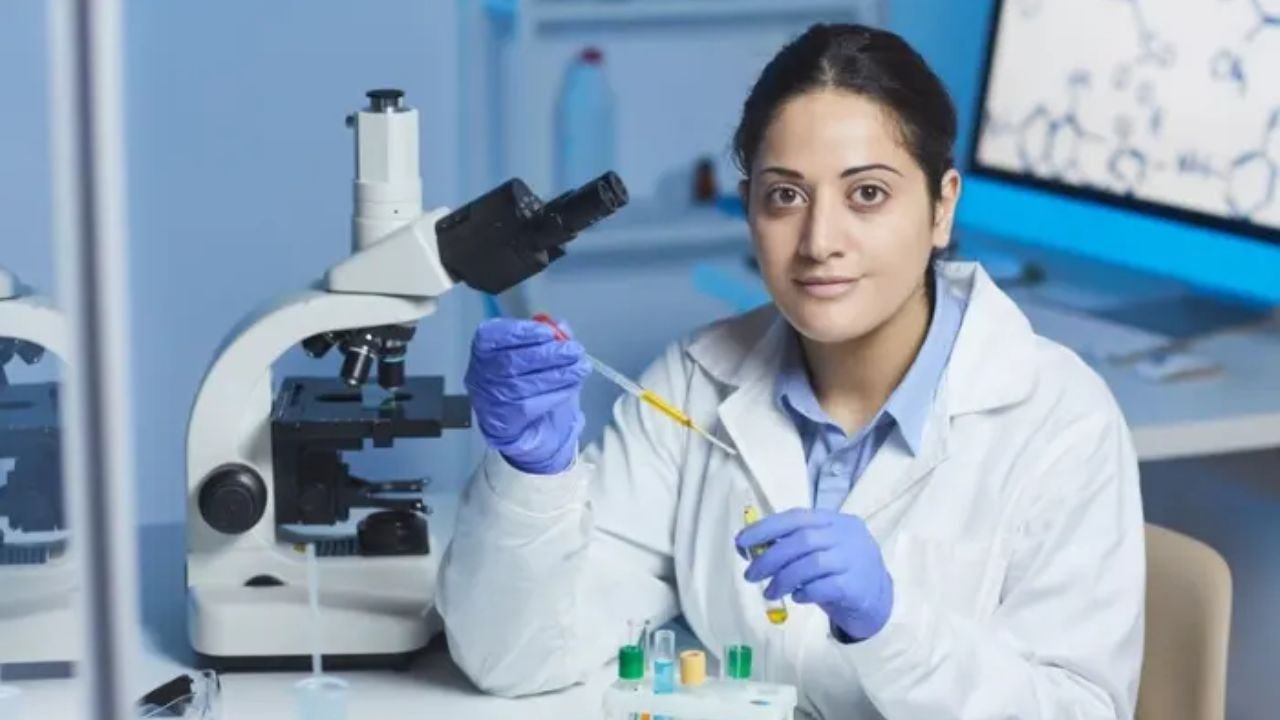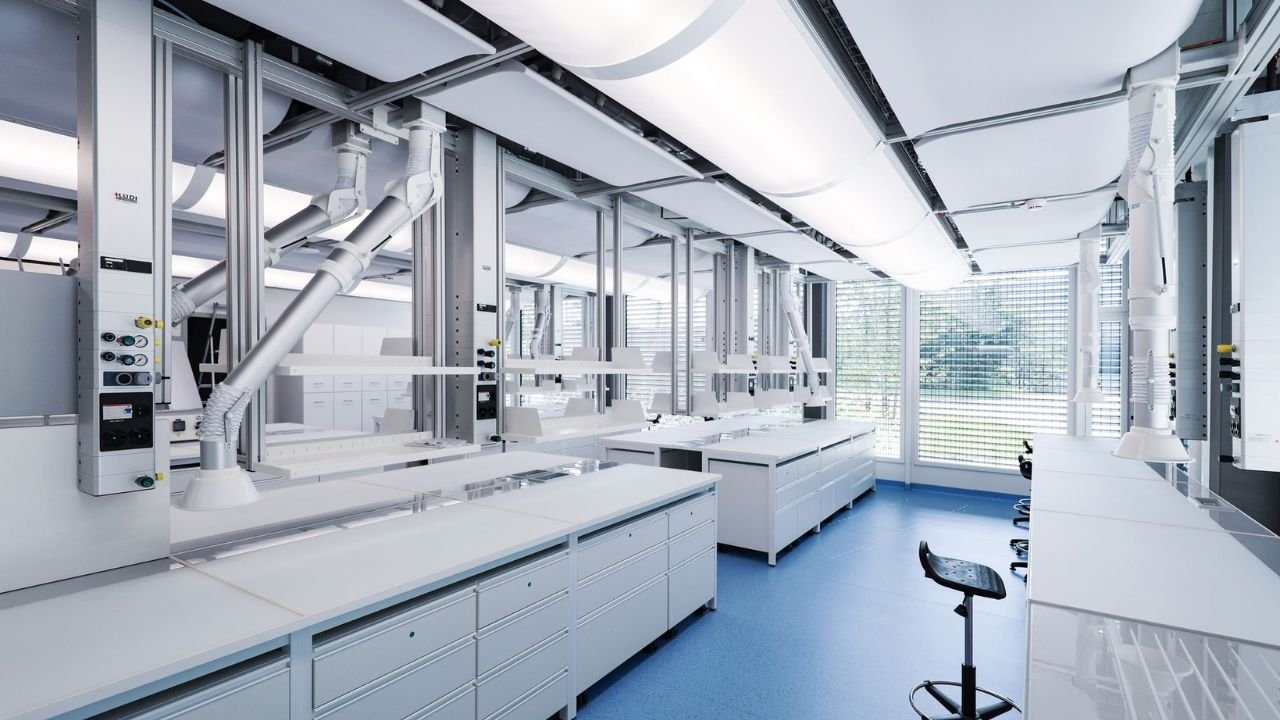Diamonds have always been linked with beauty, luxury, and everlasting love. They are used in engagement rings, wedding jewellery, and special gifts. Natural diamonds take billions of years to form. They are created under the Earth’s mantle under extreme pressure and heat. But science has given us another way to enjoy the same sparkle. Today, many wonder, how are lab grown diamonds made? The answer is both simple and fascinating. These diamonds are grown inside modern laboratories using advanced technology. They are not fake or synthetic imitations. They are made of carbon, the same element as natural ones. The only difference lies in their origin.
Lab grown diamonds are affordable, sustainable, and conflict-free. They shine the same, test the same, and last forever. Let’s explore how they are created, what they are made of, and why more people are choosing them today.
How Are Lab Grown Diamonds Made?
The question is simple: how can something that takes billions of years underground be made in a few weeks? Scientists have found a way to mimic the natural conditions of diamond formation.
Lab diamonds are created inside controlled chambers. Scientists use advanced machines to replicate high temperature and high pressure. A small diamond seed is placed inside. Carbon atoms are then added, which slowly build on the seed. Over weeks, it grows into a full-sized diamond crystal.
The two main processes are
- CVD (Chemical Vapour Deposition).
- HPHT (High Pressure High Temperature).
Both methods produce real diamonds. Both copy the natural growth process. The only difference is time — natural ones take millions of years, lab ones take weeks.
Where Are Lab Diamonds Produced?
Lab grown diamonds are made in specialized laboratories worldwide. These labs are equipped with cutting-edge machines and run by expert scientists. Top producing countries include:
- USA
- China
- India
- Israel
Some labs even focus on renewable energy. They use solar and wind power to reduce their carbon footprint. Compared to traditional mining, labs need only a fraction of land. Mining destroys large areas of soil and forest. Labs do not cause such damage. This makes lab diamonds a greener and more ethical choice.
What Is a Lab Grown Diamond Made Of?
The answer is pure carbon. Both natural and lab grown diamonds are formed from the same element. Carbon atoms bond together in a crystal lattice. This strong structure makes diamonds the hardest material known to humans.
Lab grown diamonds have the same physical, chemical, and optical properties as mined ones. They sparkle the same way and test the same under diamond tools. Without advanced machines, no one can tell the difference. This is why grading certificates are important. They confirm whether the diamond is natural or lab grown.
CVD vs HPHT Diamonds
Both methods make real diamonds. But they differ in process, cost, and appearance.
- CVD diamonds grow faster and use less energy. But they often need post-treatment to improve colour and clarity.
- HPHT diamonds grow slower but usually have better quality. They are whiter, cleaner, and need less correction.
Here’s a side-by-side look:
| Feature | CVD Diamonds | HPHT Diamonds |
| Growth speed | Fast | Slower |
| Energy use | Lower | Higher |
| Appearance | May show brown undertones | Usually bright and white |
| Need for treatment | Often required | Rarely required |
Both can make stunning gems. But HPHT is often preferred for top jewellery.
Chemical Vapour Deposition (CVD) Lab Diamond Process
The CVD process starts with a tiny diamond slice called a seed. The seed is placed inside a sealed chamber. The chamber is filled with gases that contain carbon. High temperatures are applied, causing the gases to break down.
Carbon atoms stick to the seed and form layers. Over time, the diamond grows bigger. This takes several weeks. The final result is a rough diamond that looks like a cube.
The rough stone is then cut with lasers and polished to bring out brilliance.
Steps in CVD process:
- A thin diamond slice is cleaned.
- It is placed inside a sealed chamber.
- The chamber is filled with carbon-rich gases.
- High heat breaks down the gas.
- Carbon bonds to the seed and grows.
- After weeks, a rough diamond forms.
- It is cut and polished into a gem.
High Pressure High Temperature (HPHT) Lab Diamond Process
The HPHT process is older but still popular. It imitates the Earth’s natural conditions more closely. Pure carbon or a diamond seed is placed inside a cube. The cube is subjected to extreme pressure and heat.
In a few weeks, the carbon bonds together and forms a diamond crystal. These rough diamonds are cut and polished like natural ones.
Steps in HPHT process:
- A carbon seed is placed inside a cube.
- The cube is pressed to extreme pressure.
- Electric heat is applied.
- The carbon turns into a crystal.
- A rough diamond is formed.
- It is cut and polished.
HPHT diamonds usually have better clarity and colour than CVD ones. They often require no further treatment.
From Blueprint to Lab Diamond
The creation of a lab diamond is carefully planned. First, scientists decide the method — CVD or HPHT. Next, they set the chamber conditions like heat, pressure, and seed type.
Once the diamond grows, it is cut with lasers. Skilled polishers then shape it into brilliant cuts. After that, the diamond is sent to grading labs. Institutions like GIA and IGI grade them for cut, colour, clarity, and carat.
Finally, the polished and certified diamond is ready for jewellery.
Are Lab Diamonds Sustainable?
Mining destroys large areas of land and takes huge amounts of energy. Lab production uses smaller spaces and less energy overall. Some producers now rely on solar and wind power, making lab diamonds even greener. This makes them an ethical option for buyers who care about the planet.
Pricing of Lab vs Natural Diamonds
Lab diamonds are usually 30–50% cheaper than mined ones. The cost difference comes from the simpler production method.
| Feature | Natural Diamonds | Lab Diamonds |
| Formation time | Billions of years | Few weeks |
| Price | Very expensive | More affordable |
| Environmental cost | Very high | Lower impact |
| Durability | Forever | Forever |
This is why many couples choose lab diamonds for engagement rings.
Future of Lab Diamonds
The future looks bright for lab diamonds. Technology is improving each year. This means better quality gems at lower prices. More people are choosing them for engagement rings and jewellery. Big brands and jewellers are also embracing them. With sustainability concerns growing, lab diamonds may soon become the first choice worldwide.
Conclusion
Now you understand how are lab grown diamonds made. They are created in labs using advanced science. Two methods, CVD and HPHT, turn carbon into sparkling crystals. These diamonds are then cut, polished, and certified.
Lab grown diamonds are identical to natural ones in beauty and strength. They are cheaper, more ethical, and environmentally friendly. They last forever and shine just as bright. For modern buyers, they are a smart and responsible choice.
The next time you shop for jewellery, remember that lab grown diamonds are real. And knowing how are lab grown diamonds made helps you choose with confidence.
Frequently Asked Questions
Q1: Do lab grown diamonds test as real?
Ans. Yes, they test the same as natural diamonds.
Q2: How long does it take to grow one?
Ans. It usually takes four to six weeks.
Q3: Are lab diamonds certified?
Ans. Yes, grading labs like GIA and IGI certify them.
Q4: Do lab diamonds have resale value?
Ans. Yes, but often lower than natural ones.
Q5: Can I get coloured lab diamonds?
Ans. Yes, labs can create pink, yellow, and blue ones.
Q6: Are lab diamonds more ethical?
Ans. Yes, they avoid mining and reduce environmental harm.
Q7: Do they shine like natural ones?
Ans. Yes, they sparkle exactly the same.
Read Our More Blogs:- What is Atal Tinkering Lab? Benefits & Features



